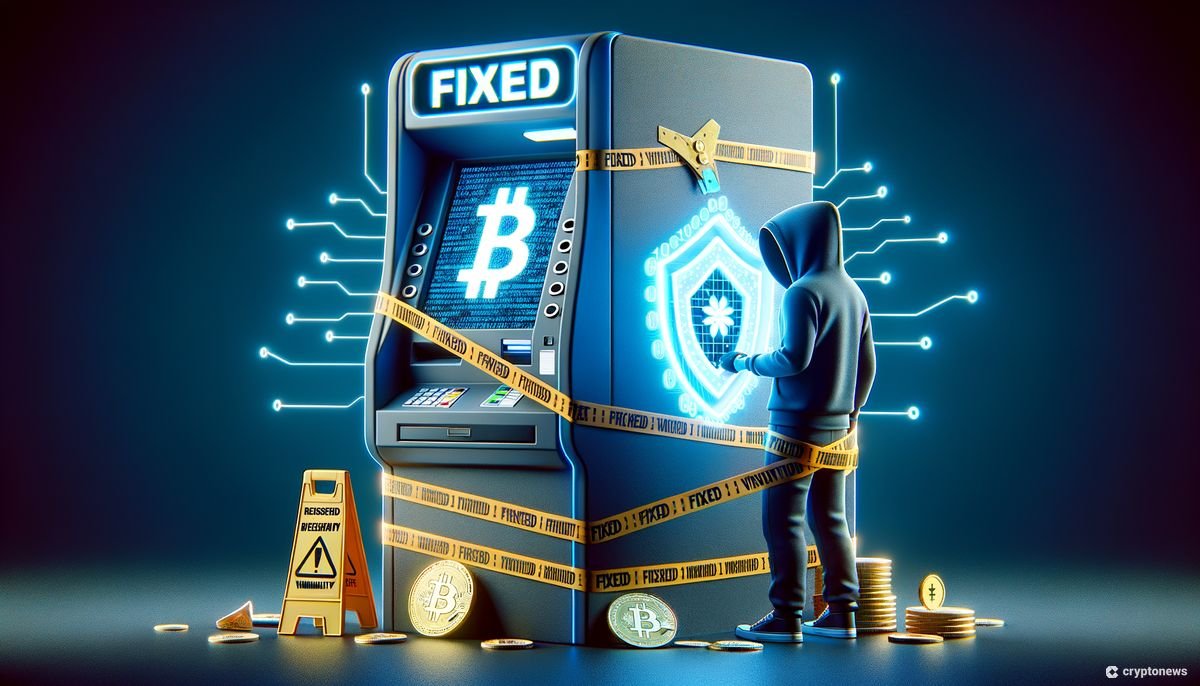
In the realm of cryptocurrency, Bitcoin ATMs have emerged as a cornerstone for users to engage with Bitcoin, offering a physical interface for a predominantly digital asset. However, in a market as volatile and complex as cryptocurrency, the trustworthiness and security of these ATMs are subjects of crucial importance. Analyzing this through a Neil Patel-inspired lens, let’s dissect the security landscape of Bitcoin ATMs and assess their trustworthiness.
Understanding Bitcoin ATMs
Bitcoin ATMs function as physical access points for buying or selling Bitcoin. They blend the digital convenience of online transactions with the physical immediacy of in-person exchanges. As these machines become more prevalent, their role in user security takes center stage in the cryptocurrency narrative.
The Physical Security of Bitcoin ATMs
The first aspect to consider is the physical security of these ATMs. Most are strategically located in secure, well-trafficked areas and are often monitored by surveillance cameras. They are designed to be tamper-resistant and have alarm systems to deter theft or vandalism. This physical layer of security is crucial in instilling user confidence.
Digital Encryption and User Data Protection
Digital security is paramount in the operation of Bitcoin ATMs. These machines employ advanced encryption protocols to secure user data during transactions, akin to the security measures in online banking. This encryption protects sensitive information, such as wallet addresses and transaction amounts, from potential cyber threats.
User Verification for Fraud Prevention
In compliance with global financial regulations, Bitcoin ATMs implement user verification processes. This could include SMS verification for smaller transactions or ID verification for larger ones. These measures aim to prevent identity theft and fraud, ensuring the legitimacy of transactions and protecting users’ assets.
Network Security: Safeguarding Transaction Integrity
The network connection used by Bitcoin ATMs is a critical component of their security framework. Secure, encrypted internet connections are essential to prevent data breaches and unauthorized access, safeguarding the integrity of user transactions from start to finish.
Software Reliability and Maintenance
The software running a Bitcoin ATM underpins its operation and security. Regular software updates and maintenance are essential to protect against emerging threats and ensure the ATM’s reliability. Operators committed to frequent updates and rigorous maintenance schedules significantly enhance the machine’s trustworthiness.
Compliance with Regulatory Standards
Regulatory compliance is a significant aspect of the trustworthiness of Bitcoin ATMs. Adherence to Anti-Money Laundering (AML) and Know Your Customer (KYC) regulations is not only a legal requirement but also a testament to the operator’s commitment to secure operations. This compliance ensures that Bitcoin ATMs are used for legitimate purposes, enhancing their reliability.
The Role of Blockchain in Securing Transactions
Blockchain technology, which underpins Bitcoin, plays a crucial role in securing transactions made through Bitcoin ATMs. The decentralized nature of blockchain and its immutable ledger provide a layer of security and transparency, significantly reducing the risk of fraudulent activities.
User Education: A Pillar of Secure Transactions
User education is paramount in ensuring the secure use of Bitcoin ATMs. Operators and manufacturers often provide instructions and guidelines for safe usage. Users who are well-informed about how to securely conduct transactions, protect their personal information, and recognize potential scams are less likely to encounter security issues.
Transaction Limits and Active Monitoring
Bitcoin ATMs typically have transaction limits as a security measure. Additionally, operators actively monitor transactions for unusual or suspicious activities, adding an extra layer of security to prevent illicit use and protect users.
The Importance of Reporting and Feedback
Users play a critical role in the security ecosystem of Bitcoin ATMs. Reporting any suspicious activities or issues encountered at a Bitcoin ATM helps maintain a safe environment and alerts operators to potential security breaches.
Continual Evolution of Security Measures
The security landscape of Bitcoin ATMs is not static but continually evolving. As technology advances and the cryptocurrency market grows, so too must the security measures of these ATMs. This evolution is essential in maintaining user trust and ensuring the integrity of transactions.
Advanced Technologies for Enhanced Security
Future advancements in Bitcoin ATM technology may include more sophisticated security features. For instance, the integration of blockchain-based identity verification methods could provide a more secure and tamper-proof user authentication process. Similarly, the use of machine learning algorithms could enhance the detection of suspicious transaction patterns, adding another layer of security against fraudulent activities.
Collaborative Security Efforts
Effective security of Bitcoin ATMs also involves collaboration between various stakeholders, including manufacturers, operators, cybersecurity experts, and regulatory bodies. This collaborative approach ensures a comprehensive security strategy that addresses potential threats from multiple angles. Sharing best practices and security updates within this network can significantly enhance the overall safety of Bitcoin ATMs.
Importance of Responsive Customer Support
Responsive customer support plays a crucial role in Bitcoin ATM security. Quick and effective responses to user queries and concerns not only build user trust but can also be critical in addressing potential security issues. Operators who prioritize customer support provide a safer and more user-friendly experience.
Global Trends and Security Standards
As Bitcoin ATMs gain popularity worldwide, it’s important to consider global trends and security standards. Different regions may have varying regulations and security challenges. Operators and manufacturers must be adaptable and responsive to these international standards to ensure the global security and reliability of their machines.
Personal Security Awareness
Users should also focus on personal security awareness. This includes understanding the basics of Bitcoin and cryptocurrency, being aware of the surroundings when using an ATM, and practicing caution when handling private keys or sensitive transaction information.
Building a Secure Cryptocurrency Community
Building a secure and informed cryptocurrency community is integral to the overall safety of Bitcoin ATMs. Forums, workshops, and online resources can play a vital role in educating users about the safe use of Bitcoin ATMs. An informed user base is less likely to fall prey to scams and can contribute to the overall security of the cryptocurrency ecosystem.
Conclusion: Assessing the Trustworthiness of Bitcoin ATMs
In conclusion, Bitcoin ATMs, with their robust security measures, present a trustworthy option for users engaging in Bitcoin transactions. The combination of physical security, advanced digital encryption, regulatory compliance, and blockchain technology creates a secure environment for transactions. However, the trustworthiness of these machines also depends on the diligence of operators in maintaining them and the awareness and actions of users.
Staying informed, vigilant, and responsible is key to safely navigating the world of Bitcoin ATMs. As cryptocurrency continues to evolve, so too will the security features of Bitcoin ATMs, ensuring they remain a reliable tool in the digital currency ecosystem. Understanding and leveraging these security features, combined with responsible usage, allows users to confidently and safely engage with Bitcoin ATMs.



